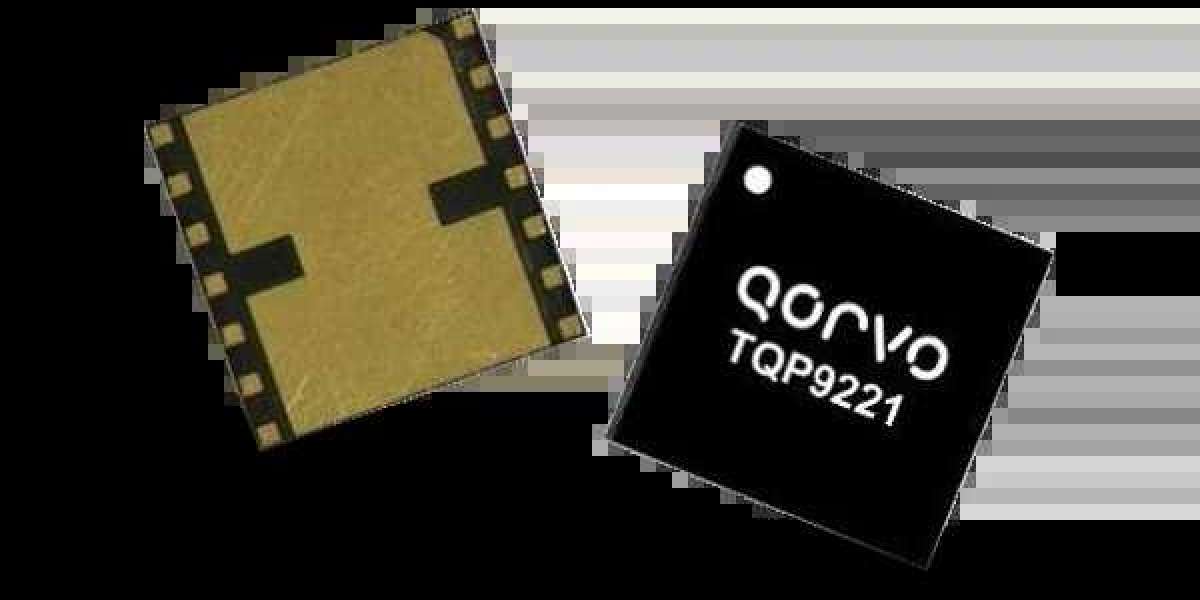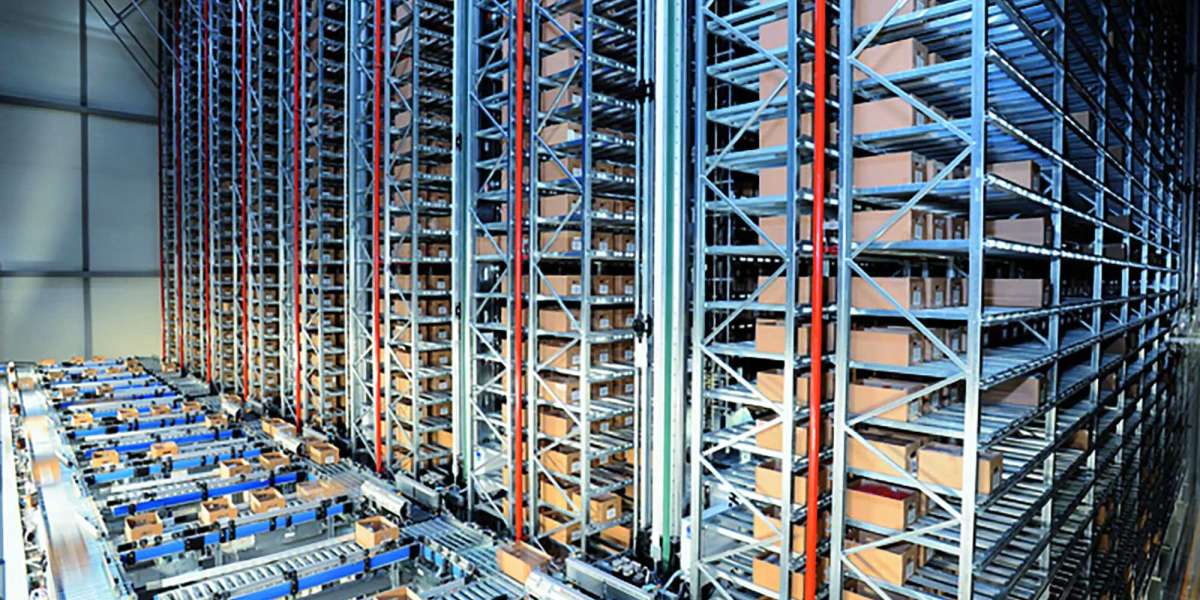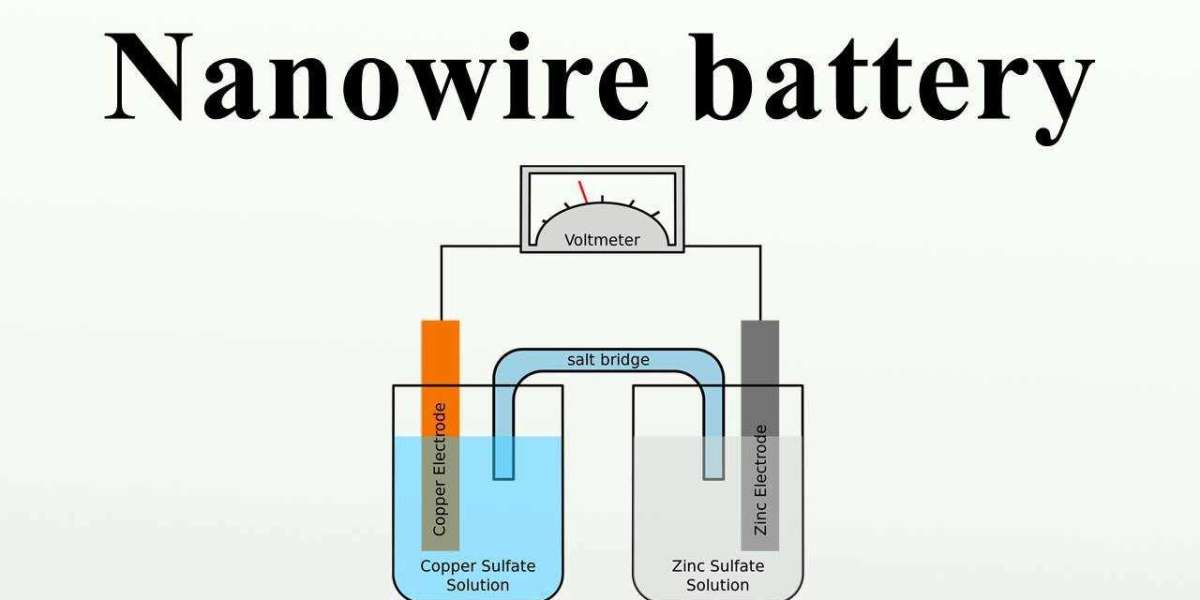Market Overview:
According to MRFR analysis, Globally, the size of the Small Cell Power Amplifier Market is expected to reach USD 5.5 Billion by 2027 at a CAGR of 21% driven by, the telecommunications industry's prime focus is to offer high-speed data, quality data, and the best user experience to the customers.
The small cell power amplifier market is witnessing a steady growth. The market growth attributes to the rising demand for small cell power amplifiers and multi-chip-modules (MCM) for picocell, femtocell, and customer premises equipment (CPE) applications. Besides, the increasing usage of these power amplifiers to meet the high demanding needs of small cell infrastructure architectures drives the market demand.
Moreover, increasing LTE, WCDMA, and HSDPA air interfaces operating in various bands escalate market growth. Increasing penetration of mobile data networks substantiates the growth of the market.
Additionally, increasing percentages of network penetration and rising number of internet users create a great demand for small cell power amplifiers. Street canyons growing tremendously due to urbanization have resulted as a hindrance to the smooth transmission of signals. Rising internet users worldwide, primarily in cities, act as a key tailwind for the small cell power amplifier market growth, increasing the data traffic.
Also, the growing consequences of data congestion network coverage, speed, and quality, influence the growth of small cell power amplifier industry. Conversely, the increasing installation of macrocell base stations is a major factor estimated to restrict the large-scale adoption of small cell power amplifier market. Also, high prices of components used network and power solutions affect market growth. Nevertheless, the higher adoption of small cell technology and increasing numbers of small cell base stations would support market growth throughout the predicted period.
"Request Free Sample" - https://www.marketresearchfuture.com/sample_request/2552
Regional Analysis
North America dominates the global small cell power amplifier market. The region is a hub for advanced renewable power generation technologies and their early adoption of innovative applications. The largest market share attributes to the enormous demand, particularly from LTE, WCDMA, and HSDPA air interfaces. Besides, the rising demand for small cell infrastructure architectures drives the growth of the regional market
Moreover, the presence of several notable industry players and a well-established infrastructure pushes market progress, allowing implementations of futuristic technologies. Also, the growing telecom industry verticals substantiate the growth of the regional market. The North American small cell power amplifier market is estimated to retain its dominance throughout the forecast period.
Europe stands second in the global small cell power amplifier market. The region perceives a massive uptake of small cell power amplifier due to the burgeoning telecom industries in the UK and Germany. Additionally, the presence of notable manufacturers, increasing demand for digital technologies, and growing technological advancements boost the regional market growth. The European small cell power amplifier market is anticipated to generate a substantial revenue pocket through 2018-2023.
The Asia Pacific small cell power amplifier market is emerging as a lucrative market globally. Factors such as the rising technological advances and focuses on advanced integrated technologies to improve FDD TDD Systems and Picocell, Femtocell, Home Nodes applications influence the regional market growth.
Besides, the availability of powerful technologies at affordable costs boosts the growth of the regional market growth. China, Japan, and India are the key small cell power amplifier market in the region. The APAC small cell power amplifier market is projected to grow at an impressive CAGR during the assessment period.
Key Players:
Players leading the small cell power amplifier market include NXP Semiconductor (Netherlands), Texas Instrument (US), Qorvo Inc. (US), RFHIC Corporation (US), Anadigics Inc. (US), Broadcom Corporation (US), and TekTelic Communications Inc. (US) among others.
Introduction:
In today's hyper-connected world, where seamless wireless connectivity is not just a luxury but a necessity, small cell power amplifiers are playing a crucial role in enhancing network coverage and capacity. These compact yet powerful devices are revolutionizing the telecommunications industry by addressing the growing demand for high-speed data, reliable voice calls, and superior network performance.
The Rising Demand for Small Cell Power Amplifiers:
The proliferation of smartphones, the Internet of Things (IoT), and the ever-increasing data consumption have placed tremendous pressure on existing cellular networks. Large cell towers alone are no longer sufficient to meet the rising demands for seamless connectivity. This is where small cell power amplifiers come into play. These amplifiers, integrated into small cells, act as power boosters that extend network coverage and enhance data transmission capabilities.
Factors Driving the Market:
- Increasing Mobile Data Traffic: With the proliferation of mobile devices and the rising popularity of bandwidth-intensive applications, the demand for small cell power amplifiers has surged. These amplifiers provide localized coverage, ensuring high-speed data connectivity in areas with heavy user traffic.
- Need for Enhanced Network Capacity: As traditional macrocell networks reach their capacity limits, small cell networks offer a scalable solution to augment network capacity. Small cell power amplifiers facilitate efficient spectrum utilization, thereby enabling carriers to accommodate more users and devices in a given area.
- 5G Network Rollout: The advent of 5G technology is driving the demand for small cell power amplifiers. 5G networks require dense deployments of small cells to support the ultra-low latency and high data rates promised by this next-generation technology. Small cell power amplifiers are instrumental in delivering the required signal strength for reliable 5G connectivity.
Technological Advancements:
These industry leaders are consistently investing in research and development to enhance the performance and efficiency of small cell power amplifiers. Technological advancements such as gallium nitride (GaN) and silicon germanium (SiGe) technologies are enabling the production of highly efficient and compact power amplifiers, capable of delivering improved signal quality and coverage.
The Future of Small Cell Power Amplifiers:
Small cell power amplifiers are poised to play a vital role in the evolution of wireless communication. As 5G networks continue to roll out globally, the demand for small cell networks will skyrocket, presenting significant growth opportunities for the small cell power amplifier market.
Furthermore, the Internet of Things (IoT) and smart city initiatives will necessitate the deployment of small cells to support the seamless connectivity of billions of devices. Small cell power amplifiers will be instrumental in ensuring reliable communication within these dense and interconnected networks.
Conclusion:
The small cell power amplifier market is witnessing tremendous growth as the demand for seamless wireless connectivity intensifies. These amplifiers provide a scalable and cost-effective solution to address network coverage and capacity challenges. With the advent of 5G technology and the rapid expansion of IoT applications, small cell power amplifiers are set to play a pivotal role in shaping the future of wireless communication.










